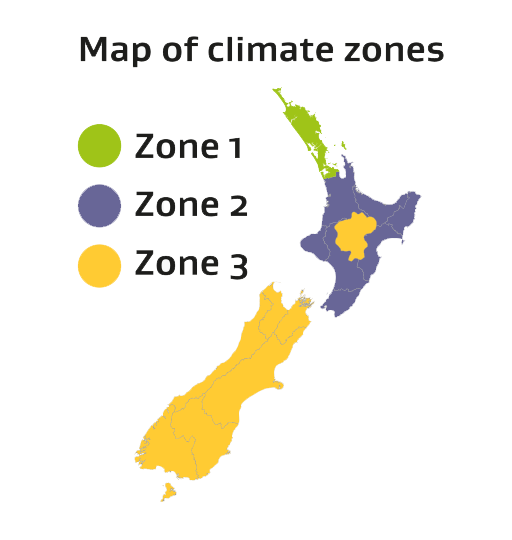In 2019, Tenancy Services ran a series of seminars throughout the country known as the 2019 Renting and You Roadshow. We presented information on the healthy homes standards 2019 and the Residential Tenancies Amendment Act 2019.
High interest in the seminars led to a large number of questions, some of them quite technical in nature, that we weren’t able to answer at the time. The following information answers a summary of those questions, and includes some other frequently asked about topics.
This information will further help you understand what rights and responsibilities both landlords and tenants have under these new pieces of tenancy legislation.
Healthy homes standards questions and answers
- Heating
- Insulation
- Ventilation
- Moisture ingress and drainage
- Draught stopping
- General exemptions
- Other HHS
Residential Tenancies Amendment Act 2019 questions and answers
General tenancy questions and answers
6. General exemptions
There are also some general exemptions that exempt a rental property from complying with the healthy homes standards. There are also specific exemptions which apply to some standards.
The requirements that apply to each exemption and additional information can be found in the guidance.
9. Unlawful premises
What the law says:
Rental properties must legally be allowed to be lived in at the start of the tenancy. Under the Residential Tenancies Act, landlords must ‘comply with all requirements in respect of buildings, health, and safety under any enactment so far as they apply to the premises’.
10. Contamination
What the law says:
Landlords can now test their rental premises for methamphetamine (meth) while tenants are living there. They must provide 48 hours’ notice to tenants before entering the property. For boarding house tenants they must provide 24 hours’ notice before entering a boarding house room.
Last updated: 17 June 2024

